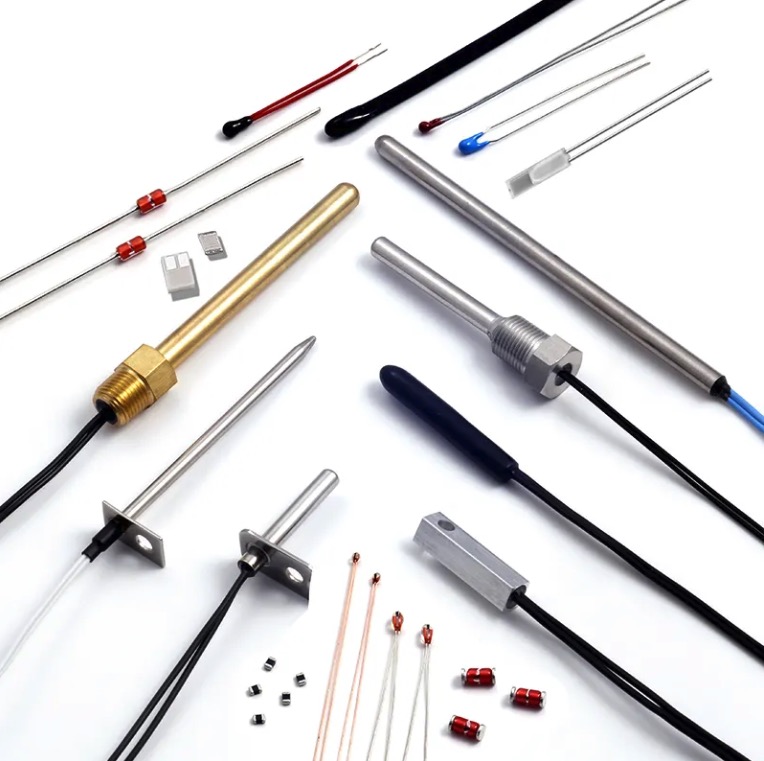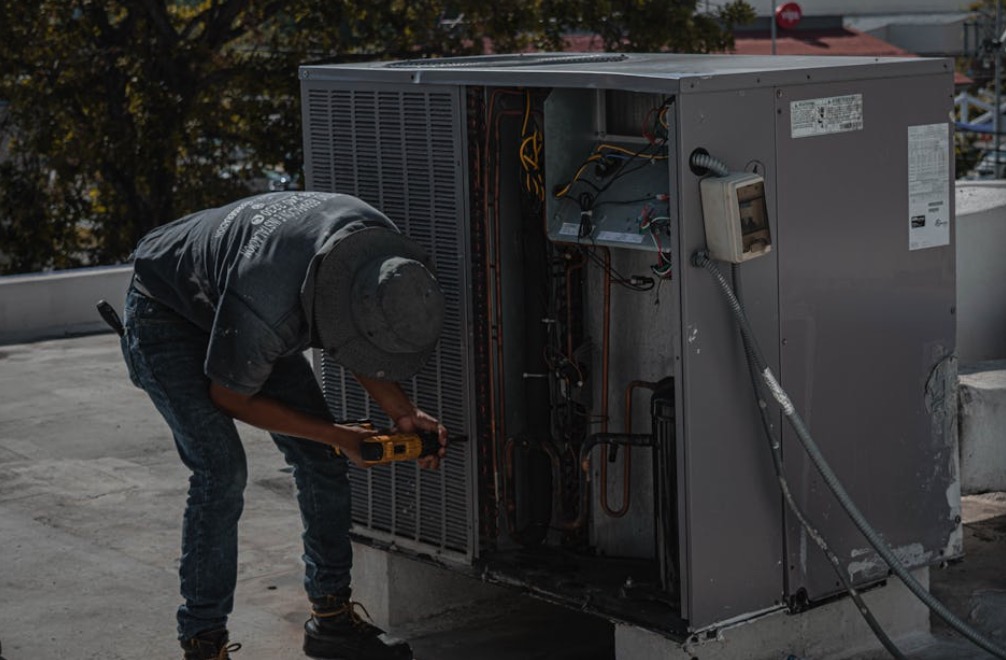When it comes to temperature measurement, PT sensors are among the most reliable and accurate choices, especially in industrial and commercial applications. From HVAC systems to industrial RTD sensors, choosing the right PT sensor can significantly impact the performance and longevity of your systems. In this article, we will cover the five key factors you should consider when selecting PT sensors, with a particular focus on the popular PT100 sensor and other RTD temperature probes.
Whether you’re looking for a high accuracy PT probe for your HVAC systems or exploring options for industrial temperature sensing, understanding these factors will help you make a more informed decision.
1. Temperature Range
One of the primary considerations when choosing a PT sensor is its temperature range. PT sensors, such as the PT100 sensor, typically operate within a moderate temperature range, which makes them ideal for most HVAC applications, industrial monitoring, and food industry temperature probes. The PT100 sensor can measure temperatures from -50°C to 200°C, making it a great fit for environments where temperatures stay within this range.
If your application requires sensors that can withstand more extreme temperatures, such as industrial furnaces or high-temperature boilers, you may need to consider a sensor with a wider range. However, for most standard HVAC temperature sensors or food industry applications, the PT100 sensor will meet your needs effectively.
2. Accuracy and Precision
Accuracy is paramount when it comes to temperature sensing. The PT100 sensor is well-regarded for its high accuracy and is widely used in applications that demand precise temperature measurements. It’s important to select a sensor with a tolerance level that matches the requirements of your application.
RTD temperature probes, including industrial RTD sensors, offer superior accuracy over thermocouples, especially for applications in HVAC systems and precision manufacturing. They are ideal for applications where even small variations in temperature can affect performance. Ensure that the high accuracy PT probe you select is calibrated correctly and offers consistent performance throughout its lifespan.
3. Sensor Durability and Material
The material composition and overall durability of the PT sensor play a significant role in its long-term performance. Since PT sensors like the PT100 sensor are often used in environments with high humidity, dust, or vibrations, choosing a sensor with a robust housing is essential.
Look for sensors with a durable housing, typically made from stainless steel or other corrosion-resistant materials. Industrial RTD sensors that feature stainless steel housings can withstand harsh conditions, ensuring long-lasting performance in industries like manufacturing, HVAC, and food processing. This makes the high accuracy PT probe a perfect fit for environments with challenging conditions.
4. Response Time
Another important factor to consider is the response time of the PT sensor. Some applications, such as boiler temperature sensors or high-speed industrial systems, require quick temperature feedback to maintain operational efficiency. Thermocouples generally have faster response times, but RTD sensors, including the PT100 sensor, still provide a reasonable response time for most applications.
For HVAC temperature sensors or food industry temperature probes, a high accuracy PT probe with a moderate response time will be sufficient. If your application involves rapid temperature changes, ensure that the RTD temperature probe is designed for faster response and works well in dynamic environments.
5. Customization and Application Suitability
No two applications are exactly the same. Custom RTD sensor manufacturers offer the flexibility to modify the sensor design to meet your specific needs. Whether you need a unique cable length, a specific temperature range, or a sensor with custom connections, choosing a custom RTD sensor ensures that the sensor fits perfectly within your system.
For industries like HVAC, food processing, or boiler temperature sensors, a custom PT sensor can be tailored to handle your precise operational conditions. Whether it’s a BBQ temperature probe or a wireless meat thermometer, working with a custom RTD sensor manufacturer gives you the advantage of a solution built specifically for your application.
Conclusion
Selecting the right PT sensor for your application requires careful consideration of several key factors, including temperature range, accuracy, durability, response time, and customization. The PT100 sensor is a top choice for a wide range of applications, from HVAC systems to food industry temperature probes, offering high accuracy and long-term stability.
By understanding these factors and working with a reliable custom RTD sensor manufacturer, you can ensure that your industrial RTD sensors are perfectly suited for your needs. Whether you’re looking to optimize your HVAC system’s efficiency or enhance the accuracy of your requirements.





